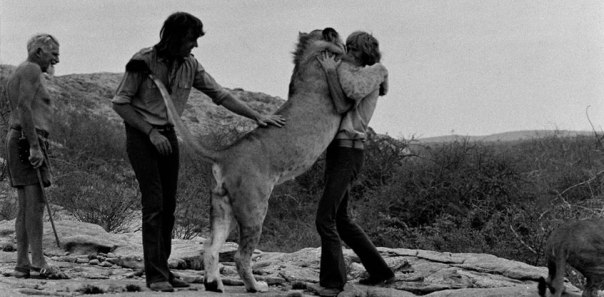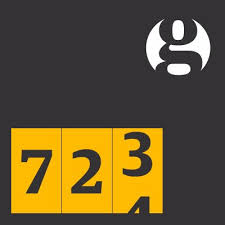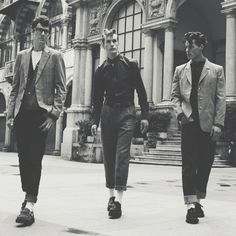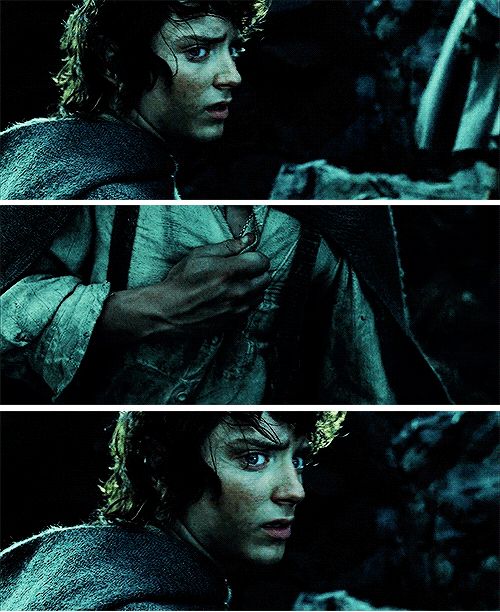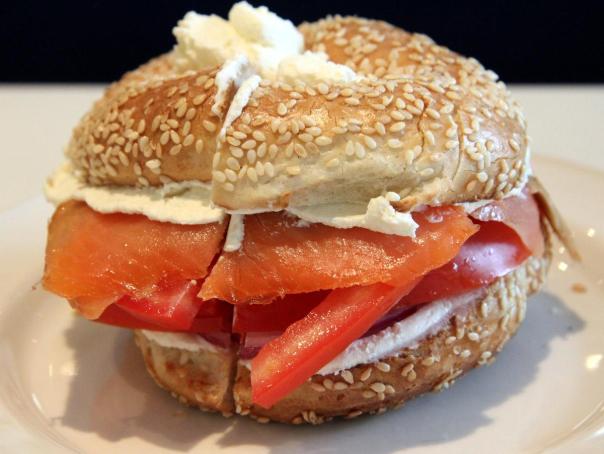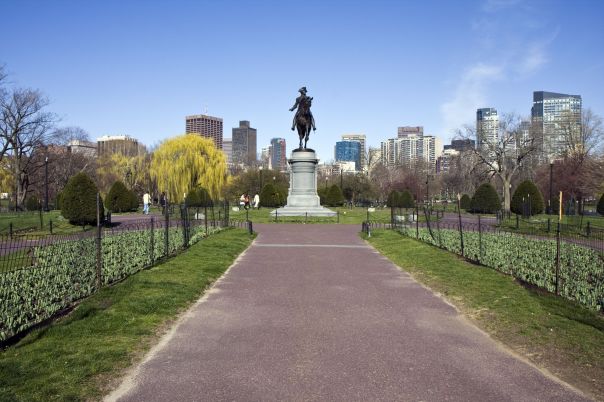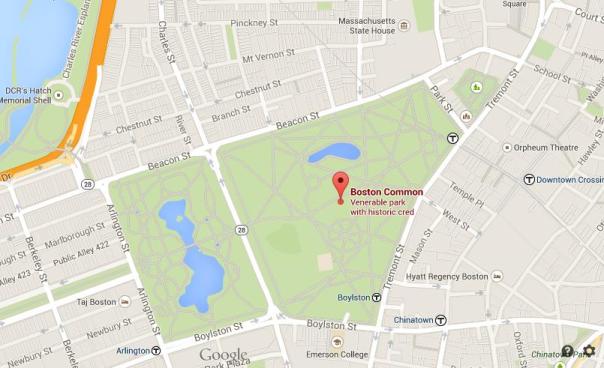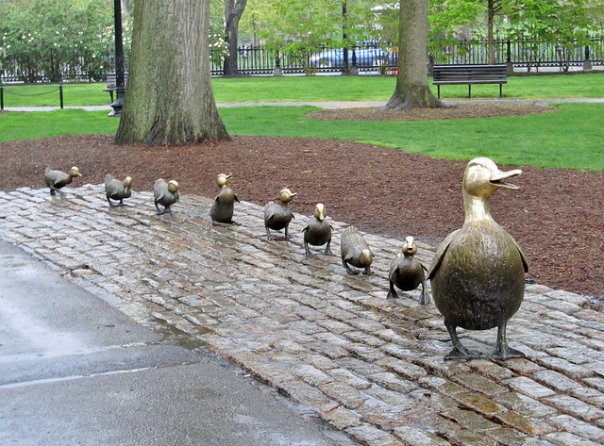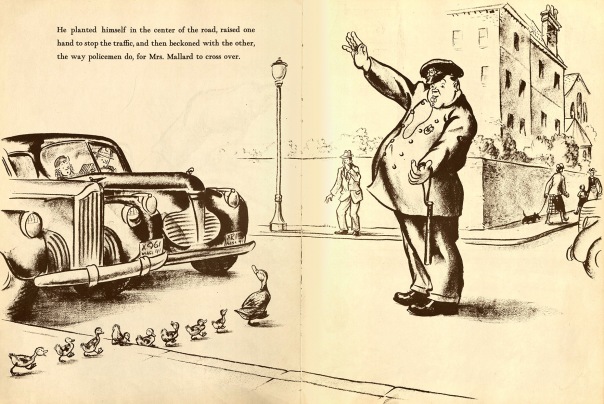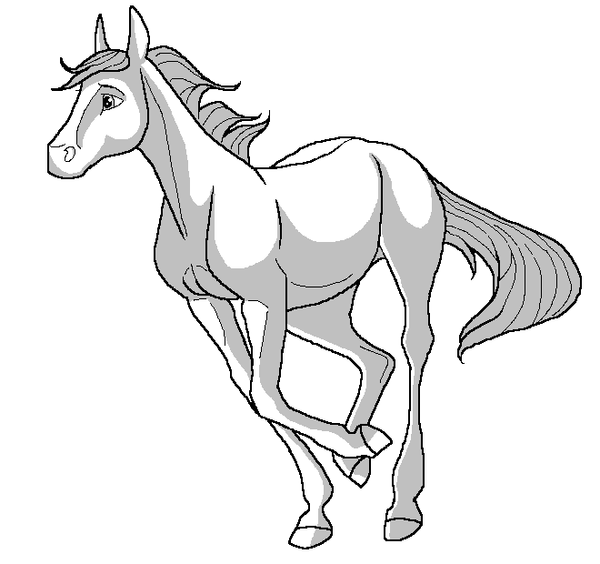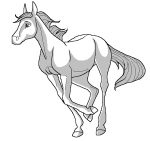
Eddie Izzard’s Do You Have a Flag?
I’ll try to keep this brief, because to me it’s cut-and-dried. Hampshire College has folded, following a firestorm of protests and threats, and has re-flown the American flag on its campus. I have not followed the controversy closely, but I want to make one observation: private colleges in the United States are not required to display the national flag.
As a student of nationalism, I feel compelled to note that although pennants and flags have long been used as signals (as in semaphore) and to identify armies in battle, national flags are very recent developments in world history, only dating back to the late eighteenth century, and not becoming universal until the 19th century. Rectangular pieces of fabric bearing national insignia, they have become potent patriotic symbols that often carry strong military associations, but it is important to remember that they are just that, symbols, displayed on bits of cloth and mounted on poles—or, in one of my favorite songs, printed on plastic and plastered on cars.
Allow me, and yourself, a little levity: watch Eddie Izzard’s classic sketch, “Do You have a Flag?” performed here by the comedian himself, and here by Lego men. Now treat yourself to John Prine’s classic song from his first album, Your Flag Decal Won’t Get You into Heaven Anymore. Back in 1971, he was referring to the Vietnam War when he said, in the next line, “It’s already overcrowded from your dirty little war”; but unfortunately it’s all the more resonant in this brave new world of perpetual war.
I recall with sadness the great Indian philosopher poet, Rabindranath Tagore, who wrote Jana Gana Mana, the song that has become the nation’s national anthem. (He also wrote Amar Sonar Bangla, the song that became the national anthem of Bangladesh.) I can’t hear Jana Gana Mana without getting overcome by nostalgia—love for India, the aspirations of the–then newly independent nation, and memories of singing it at the top of my ten-year-old voice every time I went to the cinema with my father (the flag billowing on the screen for 52 seconds just before the running of the birth control advertisements: do ya teen—bas!). Tagore was a great patriot with a deep love for his country. But as he grew older, and began to understand what horrors nationalism was capable of wreaking, he came to see it as a modern scourge, and spoke out strongly and insistently against it. For this he was attacked and vilified by many of his compatriots, just as those who dare to question the military adventures of the United Statestoday are attacked and vilified as anti-national. As Tagore said in 1908, “I will never allow nationalism to triumph over humanity as long as I live.” For both yesterday and today, his words warn us of the danger and the travesty of bestowing upon a state apparatus and its symbols the love best reserved for our fellow human beings, the reverence best reserved for all things sacred.
While the British once paraded their flag with overblown pomp and ceremony as a symbol of their imperial power, now their erstwhile colonial subjects, rather than turning away from such vainglorious displays of worldly power, seek to reproduce them with a vengeance.
The Indian Supreme Court has just ruled that the national flag must be displayed in all movie theaters, and the national anthem played to a standing audience before film screenings. While in my childhood innocence I sprang to my feet and sang with all my heart, now it chills me to see that ritual made mandatory by the highest court in the land.
I opened with a reminder that private colleges—and indeed, private individuals—are not required to fly the national flag. In closing, permit me another reminder: the last time I checked, the United States was a free country, whose constitutionally guaranteed freedom of speech included the freedom to question such symbols of military might. To the extent that the flag stands for freedom for us all, long may it wave! But to the extent that it stands for Might over Right, I must say, like Rabindranath Tagore, that it does not stand for me.
Oh, and another song: U.S. Blues.

